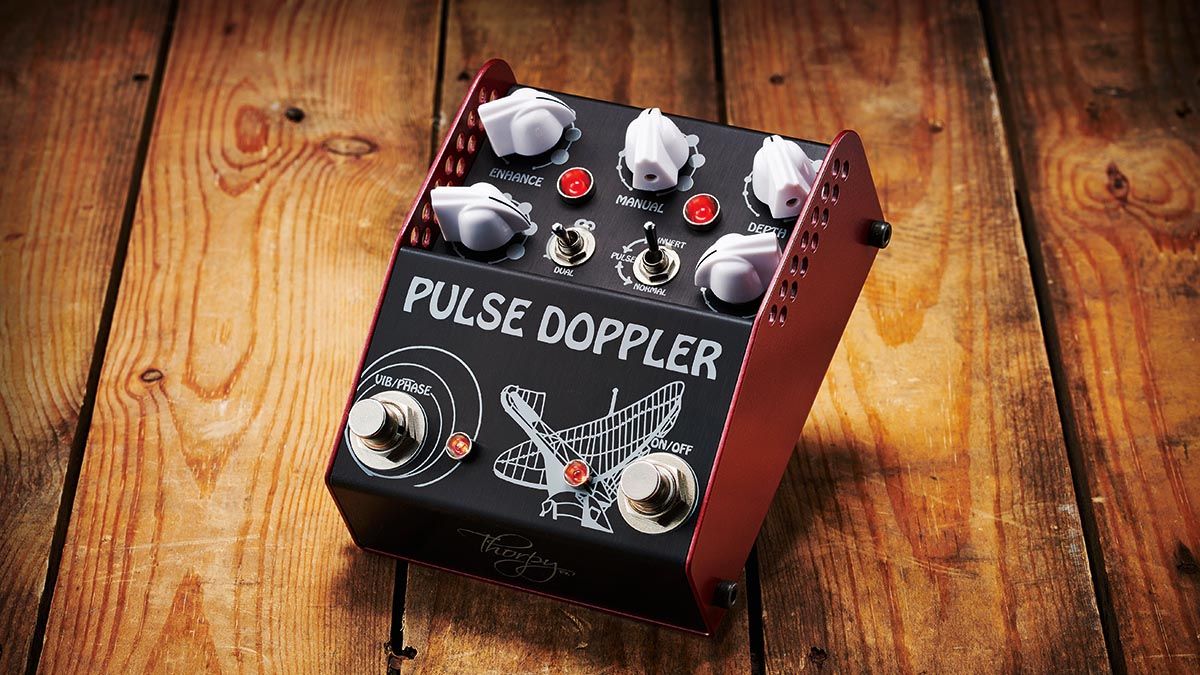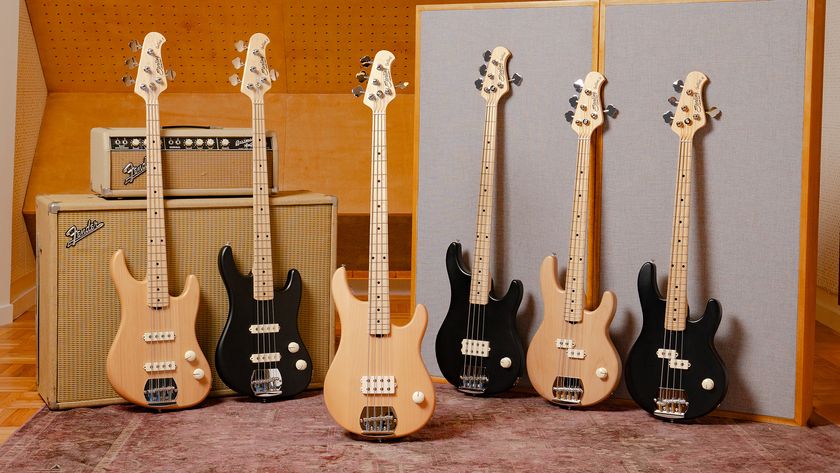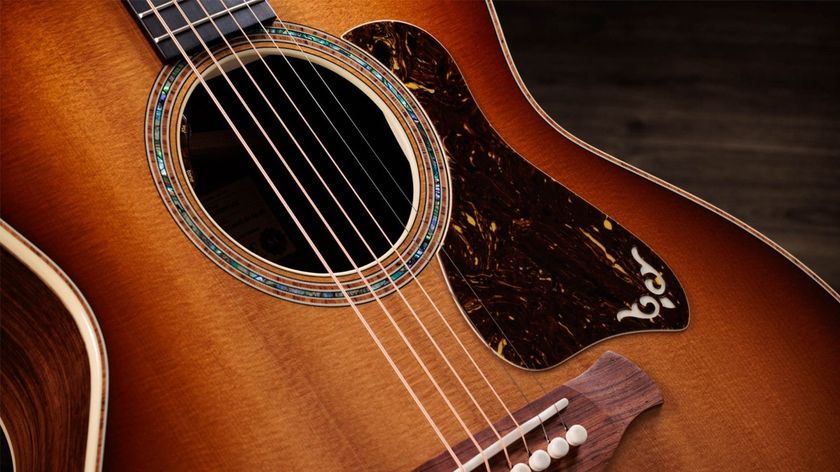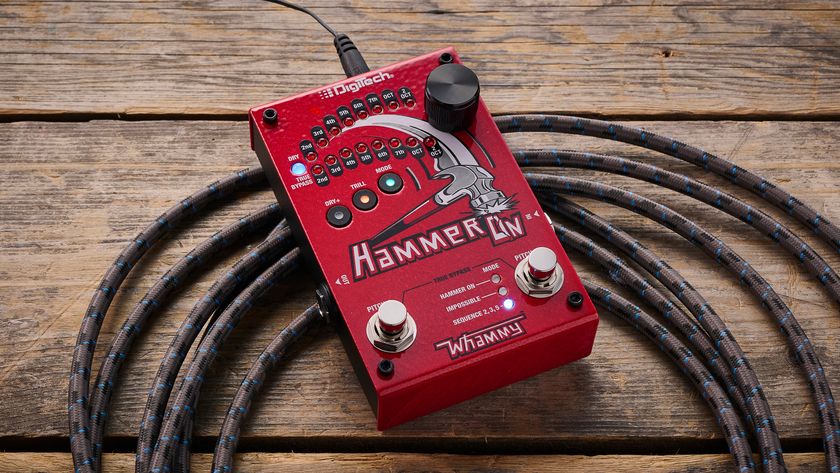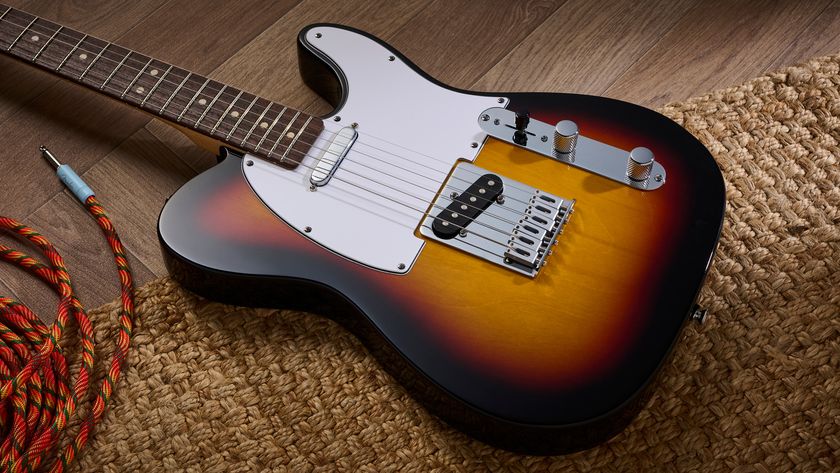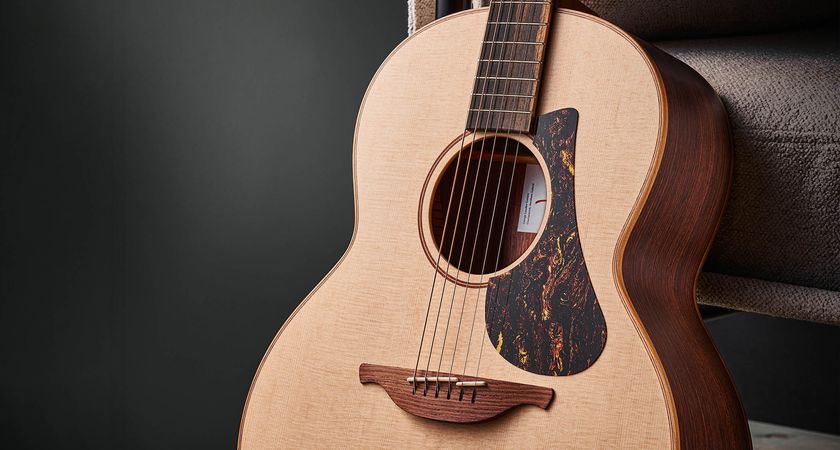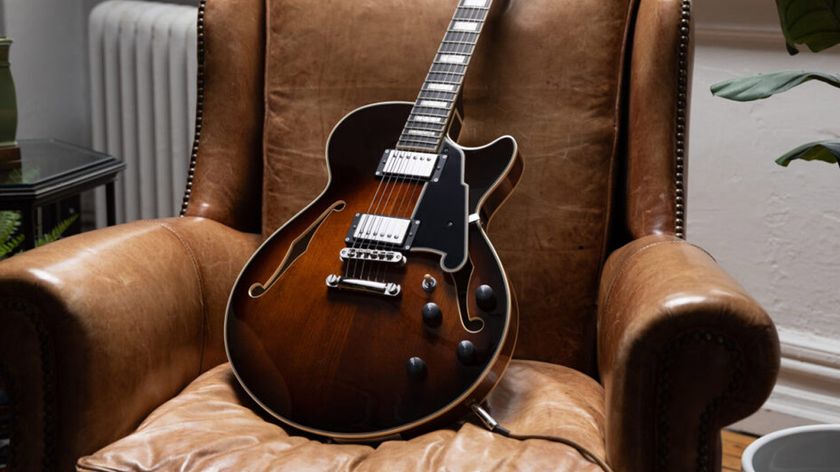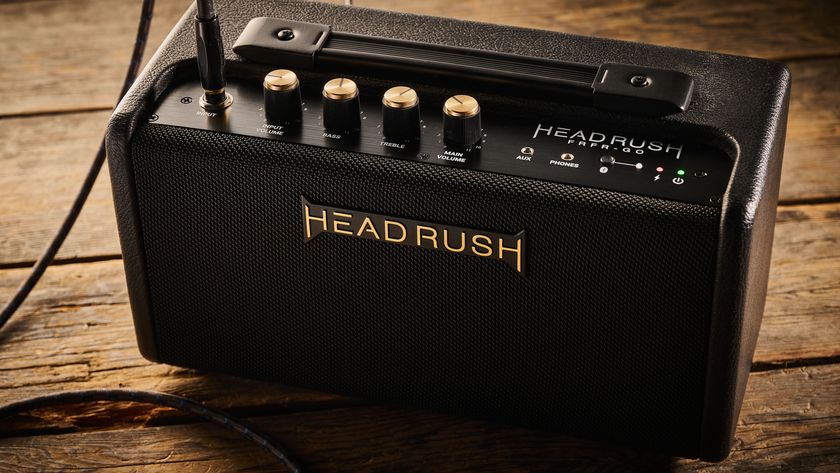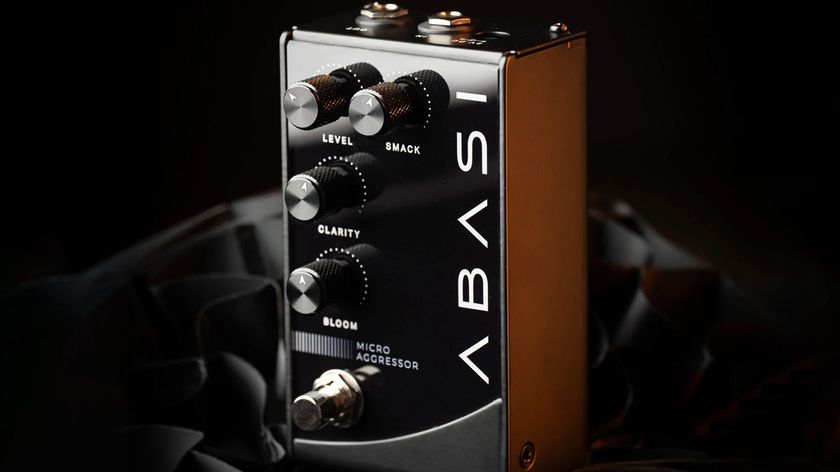Guitar World Verdict
The Pulse Doppler has a spacious sound in mono, but if you have a rig to handle it, you can send wet and dry signals to two separate destinations for a wider sound by using both rear-panel output sockets. Either way, it’s a massively versatile pedal that demands exploration.
Pros
- +
Compact size.
- +
Solid ThorpyFX build quality.
- +
Versatile range of sounds.
- +
Vib/Phase footswitch.
Cons
- -
Lack of presets.
You can trust Guitar World
Adrian Thorpe’s latest venture is an analogue phase-shifting pedal, designed in conjunction with Dan Coggins, formerly of Lovetone and Dinosaural. Dan was behind Lovetone’s much sought-after Doppelganger phaser/vibrato from the 1990s, which surely donated some of its DNA to this new project.
The pair’s idea was to create a dream phaser pedal to deliver some of the effects heard on classic records, but also take things further still. The Pulse Doppler is based around a four-stage, two-notch phaser design, but comes with a set of controls for an extended range of sounds with variations on phasing, vibrato and tremolo.
In use
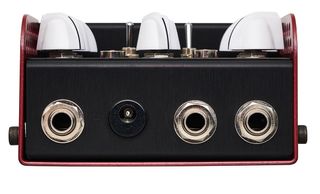
Besides the standard bypass switch, you get another footswitch that instantly toggles between phasing and vibrato/pulsing effects by adding/removing dry signal. When incorporating dry signal, the Blend knob sets the dry/wet ratio with a 50:50 mix at noon, which produces the deepest notch. There’s milder phasing to the left, moving towards vibrato on the right.
As standard on many modulation pedals, you get Rate and Depth controls, but the Depth knob here works closely in conjunction with a Manual knob that sets the notch filter frequencies. Basically, the Manual knob has an effect over a particular arc of its movement that varies with the Depth setting, having less control as the Depth control is advanced.
With any set Depth, you can move the Manual knob in its effective arc to dial in the ‘sweet spot’ strongest effect or more subtle variations of it – not just phasing with an obvious sweep or wobble, but also that which offers a sense of altered tonality.

Resonance is added by the Enhance knob, which feeds back increasing amounts of phase-shifted output signal to the phase-shifting notch filter path input. This increases the depth of the two frequency notches, the result being an increased ‘wow’ effect.
More variation is provided by a pair of toggle switches. The Dual switch inverts the notches so they are either in sync or move in opposition to one another for a different flavour. All the action is easy to see as each notch has its own red LED that pulses at the set rate.
A further three-way switch offers the alternate tonalities provided by having the straight and phase-shifted signal in phase for the fullest sound, or by inverting the phase and adding an element of hollowness. Its middle setting, Pulse, removes low-frequency content from the phased signal, so it acts as a modulated high-pass filter for an altogether leaner sound.
Sounds
In A/B tests to see how the Pulse Doppler fared in recreating some classic vintage phaser sounds, we found the pedal had a brighter tonality than our '70s vintage pedals, but we were able to dial in the appropriate values to mimic the phasing action of our MXR Phase 90 and Electro-Harmonix Small Stone. Uni-Vibe sounds were likewise attainable as well as rotary speaker-style shadings.
While classic vintage sounds are one thing and important to many of us, the extended parameter range in the Pulse Doppler also makes it a fine asset in the creation of new variations: a wide range of phasing with a clarity of sound that slots in perfectly with modern signal chains, and, when you reduce or fully remove the dry sound, variations that encompass vibrato, tremolo and sequencer-style on/off rhythmic stutters.
There’s a plethora of these to embrace, from fatter pulsing vibe effects to choppy helicopter blade sounds, and the sort of Vox Repeat Percussion effects found in Thorpy’s previous Chain Home pedal.
The fact is there’s serious complexity going on under the hood here because each and every knob and switch interacts with the others to deliver a nuanced range of sounds. In just playing about, you will discover effects that you’d love to recall later on, many of them relying on precise placement of the knobs and switches. It’s an all-analogue pedal, though, so no presets. You’ll have to rely on the analogue method of remembering them – a pencil and a paper template.
Verdict
The Pulse Doppler has a spacious sound in mono, but if you have a rig to handle it, you can send wet and dry signals to two separate destinations for a wider sound by using both rear-panel output sockets. Either way, it’s a massively versatile pedal that demands exploration.
Specifications
- PRICE: $376 / £264
- ORIGIN: UK
- TYPE: Phaser pedal FEATURES: Buffered bypass
- CONTROLS: Enhance, Manual, Depth, Blend, Rate, Dual switch, Invert/Pulse/Normal switch, Vib/Phase footswitch, Bypass footswitch
- CONNECTIONS: Standard input, standard outputs (Dry & Wet)
- POWER: 9V DC adaptor (not supplied)
- DIMENSIONS: 100 (w) x 129 (d) x 54mm (h)
- CONTACT: ThorpyFX
Trevor Curwen has played guitar for several decades – he's also mimed it on the UK's Top of the Pops. Much of his working life, though, has been spent behind the mixing desk, during which time he has built up a solid collection of the guitars, amps and pedals needed to cover just about any studio session. He writes pedal reviews for Guitarist and has contributed to Total Guitar, MusicRadar and Future Music among others.

“If your taste in fuzz leans toward the extreme, Gary has the personality to remain your lifelong best friend”: EarthQuaker Devices Gary review
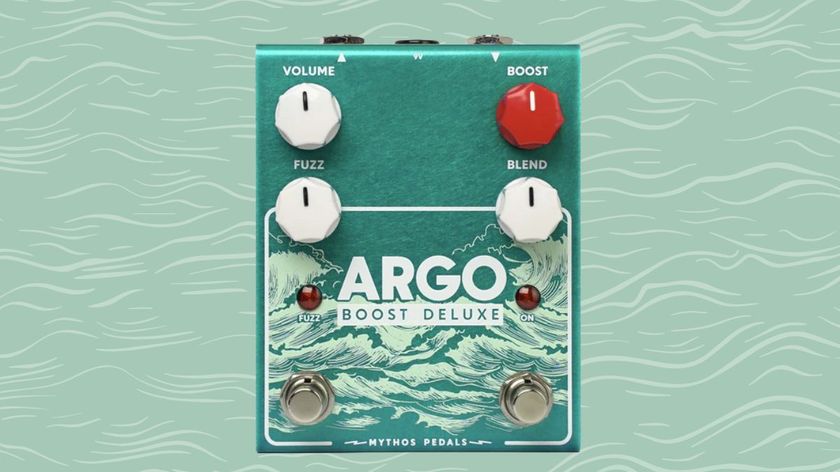
“All of a sudden, my occasional-use pedal has gone to something that can live on the ’board”: That Pedal Show’s Mick Taylor sparks inspired change that sees the Argo Boost Deluxe serve octave fuzz and boost tones in one unit
